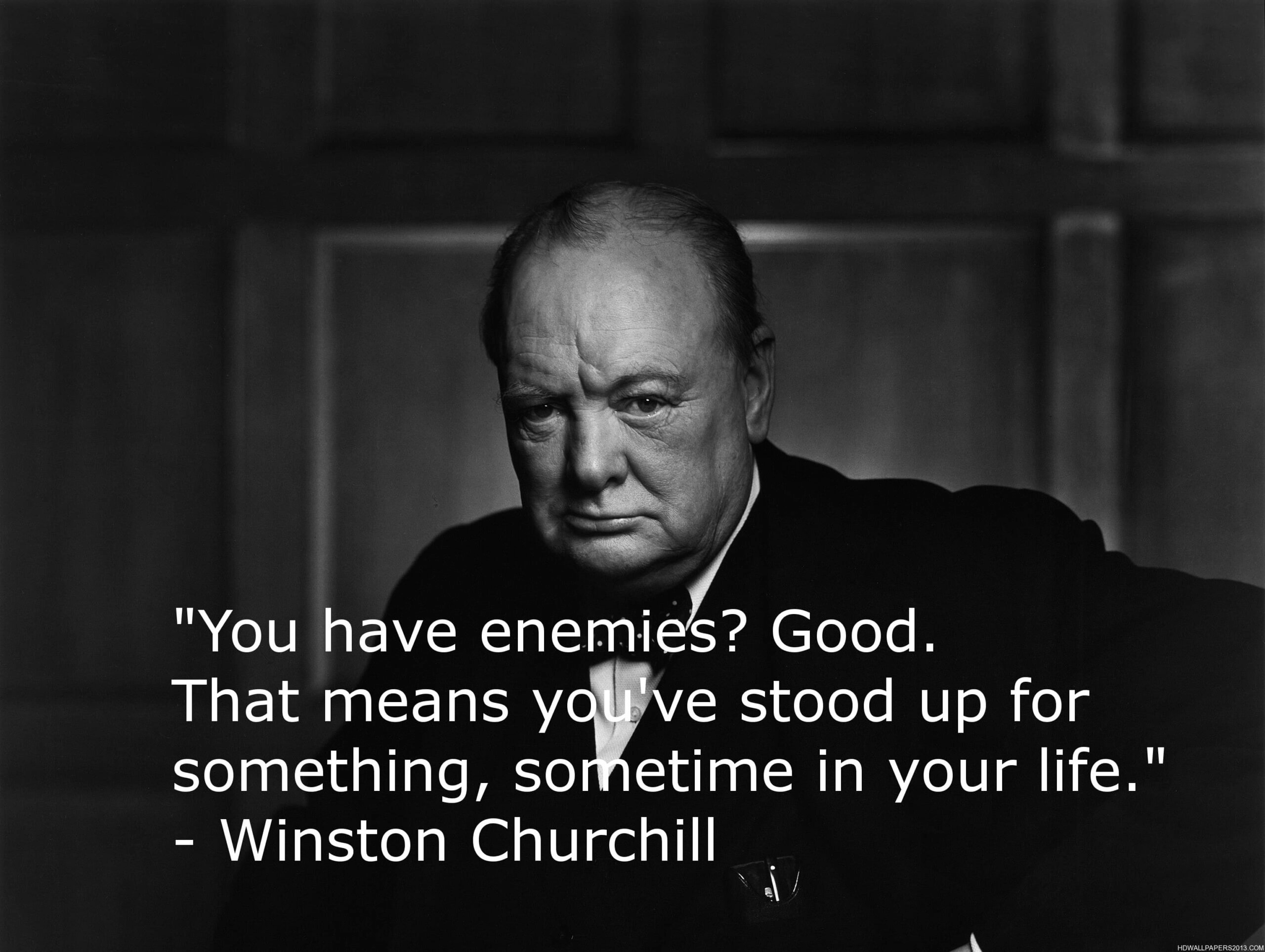Hypophora is a powerful rhetorical device that captures attention, stokes curiosity, and guides the audience in thinking in a particular direction. Its application spans various fields, from literature and public speaking to advertisement and beyond. But, what is hypophora and how does it differentiate itself from other rhetorical devices, such as the rhetorical question?
What is a Hypophora in Rhetoric?
First, let’s define hypophora
Now that we've highlighted the influence and broad applicability of hypophora, let's delve into its definition and workings to better understand how this rhetorical device stands out.
HYPOPHORA DEFINITION
What is hypophora in rhetoric?
Hypophora is a rhetorical device that adds depth and engagement to speeches or written pieces. It involves the speaker or writer posing a question and promptly answering it, creating a conversational atmosphere. By employing this technique, the speaker gains control over the topic and skillfully guides the audience's thoughts in a specific direction. It's as if the speaker is engaging in a thought-provoking dialogue with the audience, seamlessly alternating between asking compelling questions and providing insightful answers.
Ultimately, hypophora enhances the overall impact of the discourse and captivates the minds of the listeners or readers, making it an invaluable tool for effective communication.
Function of Hypophora:
- Engage the Audience
- Direct Audience Thinking
- Emphasize a Point
What is a Hypophora in Use?
Hypophora vs. Rhetorical Question
While hypophora and rhetorical questions are questioning techniques, they serve different purposes. A rhetorical question is a powerful tool used to make a point and engage the audience by implying its own answer. It invites reflection and emphasizes a particular viewpoint.
On the other hand, hypophora goes a step further by immediately providing an answer to the raised question. This technique guides the audience towards a specific conclusion, leaving less room for interpretation.

Hypophora examples
For example, consider a rhetorical question like, "Isn't it obvious that technology has transformed our lives?" This question sparks curiosity and prompts the audience to reflect on the impact of technology.
However, with hypophora, we can delve deeper and explicitly answer the question: "How has technology transformed our lives? By making information instantly accessible, promoting global connectivity, and automating tasks." This approach provides specific details, allowing the audience to grasp the full extent of technology's influence.
In summary, both techniques have their unique strengths, but hypophora offers a more direct and detailed approach by immediately answering the question at hand.
What is a Hypophora Used For?
Function of Hypophora
Hypophora, a powerful rhetorical device, serves various purposes that enhance communication and captivate the audience. By skillfully employing this technique, speakers can achieve the following objectives:
Engage the Audience
One of the primary uses of hypophora is to actively involve the audience. By posing a thought-provoking question, the speaker not only captures the attention of the listeners but also sparks their curiosity.
For instance, consider the question, "What makes this book special?" By immediately addressing the question with an intriguing answer such as, "Its unique blend of history and fiction," the speaker successfully engages the audience and encourages them to delve deeper into the topic.
What is Hypophora?
Direct Audience Thinking
Another purpose of hypophora is to guide the audience's thought process. By posing a question and promptly providing an answer, the speaker effectively steers the listeners' thinking in a specific direction.
For example, the question, "How can we improve productivity?" can be answered with a straightforward response like, "By incorporating regular breaks." This approach not only prompts the audience to consider the topic from a particular perspective but also encourages them to reflect on the benefits of the suggested solution.
Emphasize a Point
Hypophora can also be utilized to reinforce a particular point or argument. By posing a question and immediately answering it, the speaker places emphasis on a key idea.
For instance, consider the question, "What is the key to good health?" By promptly responding with the answer, "Regular exercise and a balanced diet," the speaker not only highlights the importance of maintaining a healthy lifestyle but also reinforces the significance of the suggested practices.
In summary, hypophora serves as a valuable tool in effective communication, enabling speakers to engage the audience, guide their thinking, and emphasize key points. By incorporating this technique into their speeches and presentations, speakers can create a more engaging and impactful experience for their listeners.
Hypophora Examples
Examples of Hypophora
Hypophora, a figure of speech frequently employed in various forms of communication, serves as a powerful tool to captivate audiences and guide their thinking. It involves posing a question and immediately answering it, allowing the speaker or writer to emphasize key points and engage the listeners or readers more effectively.
One notable example of hypophora can be found in Martin Luther King Jr.'s iconic speech, where he asks, "What Is Your Life's Blueprint?" He then proceeds to provide the answer, highlighting the significance of a deep understanding of the interrelatedness of all communities and states.
What Is Your Life's Blueprint? • MLK speech
In the realm of advertising, hypophora is often utilized to grab attention and persuade consumers. For instance, a common approach is to ask, "Why choose our product?" The immediate response emphasizes the unmatched quality and value for money that the product offers.
Literature is another domain where hypophora finds its place. In Harper Lee's renowned novel To Kill a Mockingbird, the protagonist ponders, "So why do we beat ourselves?"
This introspective question sets the stage for reflection, followed by an answer that points to the scarcity of opportunities to exhibit Christian virtues. It also points to the presence of individuals like Atticus who embody those principles.
By understanding and effectively employing hypophora, speakers and writers can enhance their communication by capturing attention, guiding audience thinking, and making their speeches or writings more engaging and persuasive. It is a versatile rhetorical tool that adds depth and nuance to any form of discourse.
Up Next
What is Rhetoric?
Having explored the intricacies of hypophora, a key rhetorical device, we're now well-prepared to delve deeper into the world of persuasion and discourse, beginning with an exploration of the fundamentals: what exactly is rhetoric?
